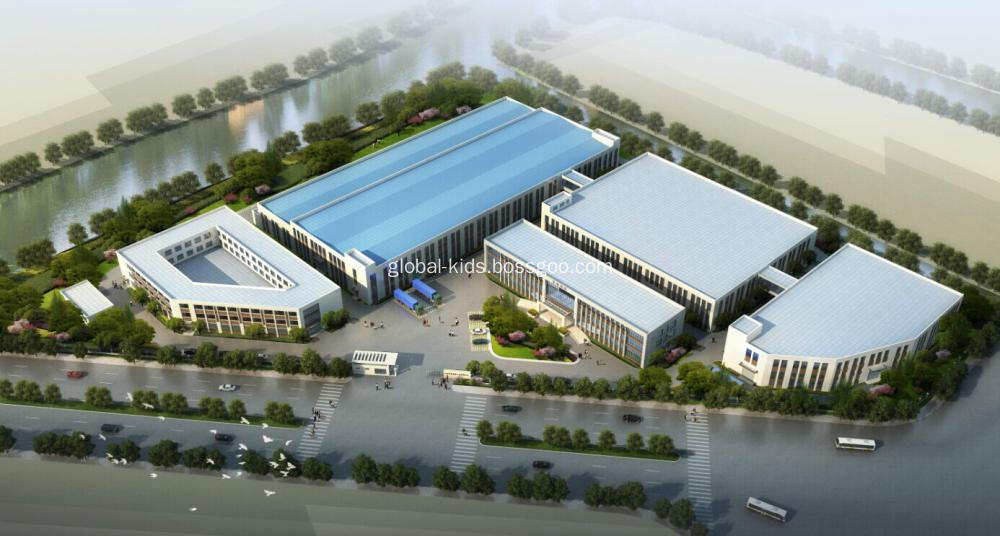Group2+3 child car seats fit for children from 3 years to 12 years old (15-36kg), we have 3 types baby car seat for Group2+3, which are "CLASSIC BASIC", "PRIMERA FIX" and "NOVA".
Ningbo Global kids baby products Co.,Ltd is a comprehensive industrial and trading Hi-Tech enterprise which combines R&D, manufacturing and sales of baby car seats all over the world. With 15 years' experience in baby car seat industry, it is one of the earliest and professional baby car seat manufacturers in China.
The specific working process of the screen printing is as follows: The printed matter is positioned on a rotating part printing support in the center of the stamp pad, and a conical plug head matched with the diameter of the container is connected to the back of the support to connect the compressed air pump for inflating the soft plastic container during printing. There is a force that counters printing pressure. In the middle of the bracket, there is a set of support rollers that match the outer diameter of the container. The front end has a chuck that fits the bottom of the container. The chuck has positioning pins that match with the positioning pin grooves that are injected through the bottom of the container. Cone plugs, support rollers and chucks and the printing plate's squeegee movement synchronize the line speed transfer, after printing a layout, the positioning pin of the chuck still returns to the positioning point.
1 plastic bottle prepress
In theory, to obtain good printability on plastic surfaces, the surface tension should be higher than the surface tension of the ink.
PP, PE plastic non-polar high-molecular materials, chemical stability, low surface tension, combined with the opening agent, antistatic agent, anti-aging agent added to the synthetic resin, it is difficult to firmly bond with the ink. In order to improve the printability of PP and PE plastics, it must be processed so that the surface tension is not lower than 3.8×10 -2 N/m.
(1) Flame treatment
Flame treatment is suitable for the surface treatment of small plastic containers. The principle is to decontaminate the plastic surface by high temperature and melt the surface of the film to improve the adhesion of the surface to the ink.
The specific operation is: putting the container to be treated into the gas flame, the length of the flame inner core is controlled at 6-19mm, the tip of the flame core is 6-25mm from the surface of the container, the contact time is 0.1-1.0s, and the rotation speed is 100-150rpm.
The flame contains radicals such as -OH and -NH in the excited state, which can combine with the hydrogen on the surface of the polymer plastic, and introduce some polar oxygen-containing groups, resulting in a chain scission reaction and wetting of the plastic surface. Sex and adhesion are improved.
(2) Detection of treatment effect
The easiest method is to use a surface tension test pen for testing. Choose 3.8×10-2N/m surface tension test pen. If the liquid marks in the test stroke spread evenly and do not shrink, it shows that the treatment effect is better; if the liquid mark shrinks, or the liquid mark shrinks partially, part does not Shrinkage indicates inadequate treatment.
2. Plastic bottle UV screen printing process
(1) Fabrication of screen plate 1 Use a yellow, high-strength, low-extending polyester mesh with a mesh size of more than 355 mesh/inch.
2 screen tension control (1.8 ~ 2.5) × 103N / m.
(3) Wash the screen with ordinary washing net water, use the photosensitive adhesive direct method or capillary photosensitive film indirect method to make the screen version, the film thickness is controlled at 15 ~ 25μm.
(2) Screen Printing
1 printing scraper. When printing with a screen printing machine, a polyurethane double-pointed printing squeegee with a hardness of HS80 should be used. For manual screen printing, a printing squeegee with a hardness of HS70 should be used.
2 Mix the ink thoroughly before printing.
3 curing conditions. Using medium and high pressure mercury lamps, the wavelength of the emitted light wave is in the range of 280-380 nm, the peak value is 365 nm, and the power is 80-120 W/cm. The curing speed is adjusted according to the requirement of photocuring energy.
(3) Printing environment
The viscosity of UV inks varies greatly with temperature. At high temperatures, the viscosity of the UV ink becomes lower, and after printing, toothiness and stenosis are easily produced. Low temperature, UV ink viscosity is high, easy to produce incomplete curing. Therefore, it is necessary to refrigerate the UV ink in the summer, and the temperature of the screen printing shop cannot be too high. In the winter, UV ink should be taken out of the cold chamber in advance and the curing speed should be appropriately reduced.
The printing shop's temperature is generally controlled at 15 ~ 25 °C more appropriate.
Source "Printing Technology - Packaging Printing"

Group 2+3 Car Seat, Children Car Seats, Junior Car Seat
NINGBO GLOBAL KIDS BABY PRODUCTS CO.,LTD , http://www.nb-globalkids.com